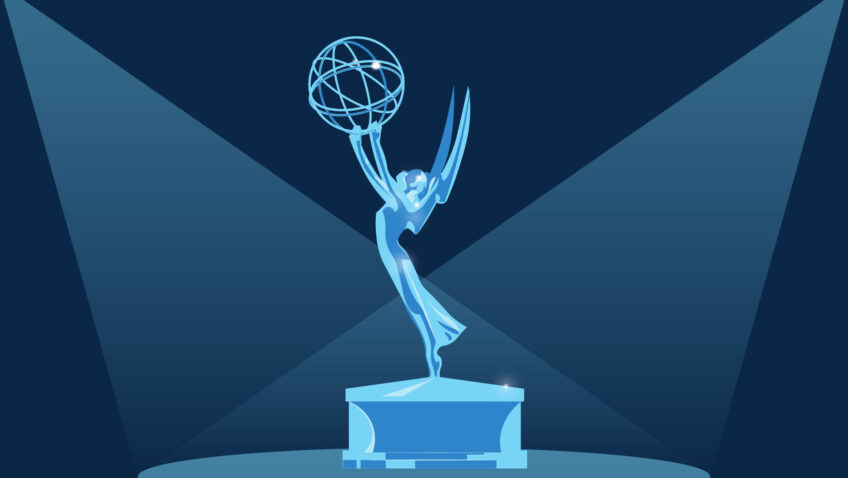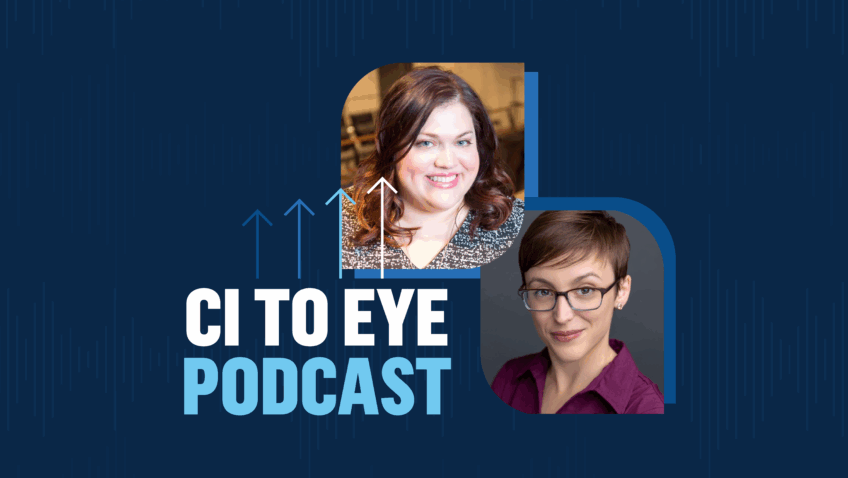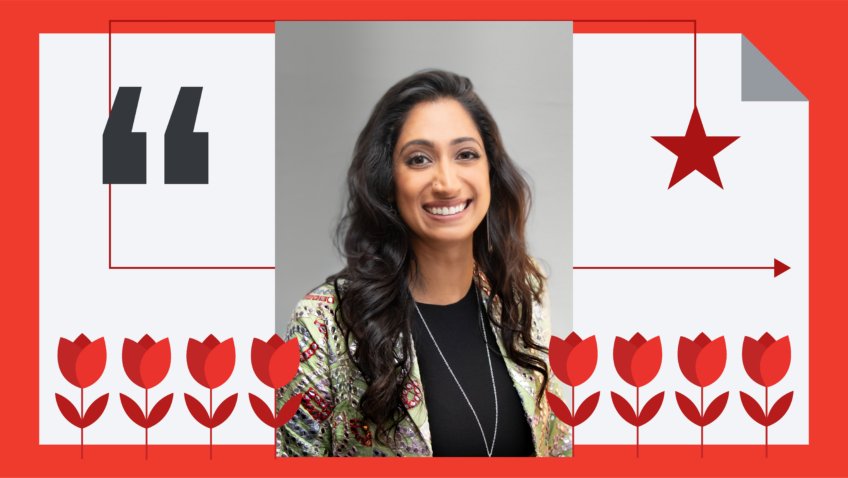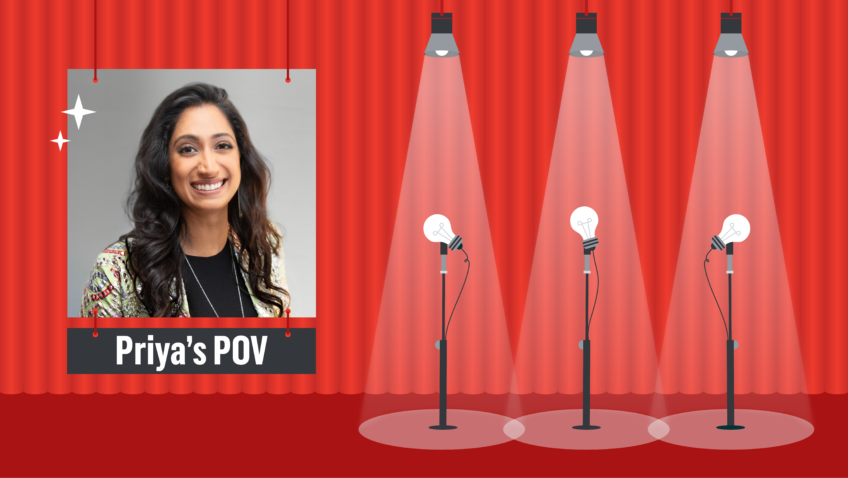Breaking the Discipline Silos: Why Arts Organizations Must Evolve Beyond Genres
Field Notes with Monica Holt
During my recent conversation with Clive Chang, President and CEO of YoungArts, he shared a story that perfectly captures a fundamental problem in our field:
A young artist had just won YoungArts’ top prize in dance for his exceptional tap dancing. When Clive asked where he was headed next, the answer was surprising: New England Conservatory for classical guitar.
“Why did you apply in dance?” Clive asked.
“That’s where I thought I had the highest chance of winning.”
Clive’s reaction was immediate and honest: “Did we do this young man a service or a disservice? We gave him a platform, but we forced him to choose one thing when he clearly wanted to do the other.”
This moment crystallizes one of the most pressing challenges facing arts organizations today: our institutional structures are fundamentally misaligned with how artists actually create and how audiences actually experience art.
The Reality of Today’s Artists
Walk into any conservatory, art school, or emerging artist community, and you’ll rarely find someone who embodies only one artistic discipline. Today’s artists are composers who also choreograph, theater makers who incorporate digital media, musicians who create visual installations. They don’t see boundaries between disciplines because, increasingly, there aren’t any.
Yet our organizations continue to operate as if these boundaries are not only real but necessary. We have curatorial teams divided by genre. We create marketing materials divided by discipline. We structure our seasons around traditional categories that made sense decades ago but feel increasingly outdated.
At the Kennedy Center, I watched this tension play out constantly. We had incredible artists who wanted to work across disciplines, audiences hungry for experiences that defied easy categorization, and colleagues who understood the creative potential of interdisciplinary work. But our institutional framework (the way we were organized, funded, and marketed) made it extraordinarily difficult to support truly integrated artistic expression.
The Hidden Costs of Artificial Categories
The damage goes deeper than missed artistic opportunities. When we force artists to choose lanes that don’t reflect their actual practice, we’re actively limiting their potential and our own programming possibilities.
- For emerging artists, these silos create artificial barriers to entry and development. The tap dancer/guitarist story is just one example. How many other young artists are making strategic choices about which aspect of their artistry to emphasize based on which box they think they can fit into, rather than which work they’re most passionate about creating?
- For established artists, discipline-based programming can limit career growth and creative evolution. How many musicians have compositions they’d love to develop? How many dancers are also directors? How many visual artists create work that demands live performance?
- For audiences, rigid categorization assumes preferences that may not exist. Our marketing departments still send dance brochures to dance subscribers and classical brochures to classical subscribers. But what about the growing number of people who choose performances based on emotional connection, artistic innovation, or simply curiosity, regardless of discipline?
- For the field, these silos limit our collective impact. When every organization operates in discrete categories, we miss opportunities for resource sharing, cross-pollination of ideas, and the kind of artistic innovation that emerges when boundaries dissolve.
Why Change Is Hard (And Necessary)
The challenge isn’t recognizing this problem. Most arts leaders I talk to understand it intuitively. The challenge is institutional inertia and practical constraints.
Based on conversations with leaders like Clive and my own experience trying to create change within traditional structures, here are concrete ways organizations can begin this evolution:
- Listen to your artists. Ask the creators you work with how they actually describe their practice. You might be surprised by how many identify as multi-disciplinary but have learned to present themselves differently to fit institutional expectations.
- Start with small experiments. You don’t need to restructure your entire organization immediately. Create a single series, residency, or commission that explicitly encourages cross-disciplinary work. Learn from what happens and build from there.
- Audit your language. Look at how you describe opportunities, both internally and externally. Are you asking artists to choose one discipline when their work might naturally span several? Are you marketing experiences in ways that might exclude potential audiences?
- Examine your decision-making structures. Do programming conversations happen in discipline-specific silos? What would change if different departments regularly collaborated on curation? What if marketing strategies were developed across traditional boundaries?
- Rethink artist development. Consider residencies, fellowships, or commissions that explicitly support artists working across boundaries. These don’t have to be elaborate. Sometimes it’s as simple as providing time, space, and permission to experiment.
The entire ecosystem needs to evolve together. Arts education institutions need to develop more flexible curricula. Presenting organizations need to create programming that reflects how artists actually work. Funders need to support initiatives that transcend traditional categories.
This isn’t just about serving artists better, though that’s certainly important. It’s about creating more dynamic, relevant, and impactful cultural experiences for our communities. It’s about ensuring that arts organizations remain essential to how people understand and engage with the world around them.
The artists are already there. They’re creating work that defies our categories and asking for opportunities that don’t fit our traditional boxes. The question is whether our institutions will evolve to meet them where they are, or whether we’ll continue to force them into structures that no longer serve anyone particularly well.
As Clive put it, the fundamental question for any decision should be: “How does this impact the artist community?” When we ask that question honestly about our discipline-based structures, the answer becomes clear. It’s time to build something better.
Hear more from Clive on innovation and the rise of the multi‑hyphenate artist.
Monica Holt is Senior Advisor for Capacity Interactive and host of the CI to Eye with Monica Holt podcast. She spent 16 years in progressive leadership roles at Washington National Opera and The John F. Kennedy Center for the Performing Arts, serving most recently as Senior Vice President of Artistic Programming and Production until May 2025. This article was re-posted from Monica’s own LinkedIn with permission.











